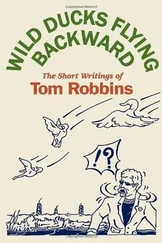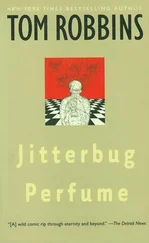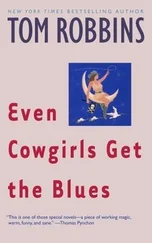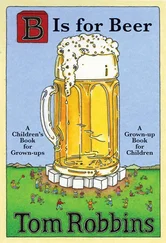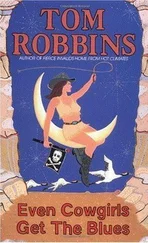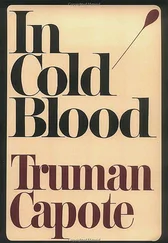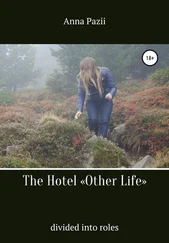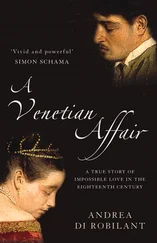Despite its favorable impression, twenty-five years were to slide by before another gin greasy glazed my palate, this time with a less favorable reception. One afternoon in the late 1980s, I was sitting with Curt Boozer in the bar at Cafe Sport, a restaurant in Seattle’s Pike Place Market, when something prompted me to mention the curious cocktail. Curt, the son of pro basketball star Bob Boozer, hadn’t exactly led a sheltered life, but he looked incredulous as I recounted my gin greasy adventure. When I persisted in extolling the concoction’s virtues, however, he became not merely convinced but intrigued, eventually insisting that we consume one then and there.
The bartender was not receptive. He thought we were just being alcohol silly, and anyway, there was no mayonnaise at his station. Determined now, we appealed to our waitress. Coleen was a stand-up girl and she knew Curt and me fairly well, as we both dined at the Sport two or three times a week and were generous tippers. When she found a free moment, Coleen went to the kitchen, fetched a small bowl of mayonnaise, presented it to the bartender, who then, scowling all the while, mixed the drinks according to my instructions.
When Coleen brought the finished product to our booth, one glance told me these were not the storied gin greasies of my youth. This version was less yellow than green. Green, green, green, green: did the barman think us supporters of Muammar Gaddafi? It just wasn’t right.
Curt was puzzled by my hesitation. He was starting to suspect I’d been pulling his leg all along. So, with my credibility on the line, I toasted him, and we each took a swallow. Then we made a face that would have fit right in on the facade of Notre-Dame. Come back, blueberry pancake syrup, all is forgiven!
It turned out that the only mayonnaise in Cafe Sport’s kitchen was herbed mayonnaise. Herbed! Laced with tarragon and basil and God knows what other pungent weed. I can’t say whether the nymphs on Mount Olympus would have been appalled, but it took a while for Curt to trust me again, for me to trust Cafe Sport, and as for another entry in the Gin Greasy Diaries, well, that seems to have been indefinitely postponed.
When at age five I announced my intention to be a writer, I had not the skinniest notion that that job description might include writing art criticism. Yet here I was in my early thirties writing critiques instead of literature, which is to say, producing carob instead of chocolate — or, worse, itch power instead of lubricant. On the other hand, because I’d yet to find my literary voice, my personal style, or my subject, functioning as a critic on a regular basis served to sharpen my wits, deepen my insight, and steel me to face looming deadlines without a twitch or a flinch. Moreover, I was consistently in close contact with creative minds.
Some of those minds, naturally, were more advanced, more original, more possessed than others, and I made it my mission to separate, to the best of my ability, tough minds from the weak, the driven from the lazy, the radiant from the dull. This had never been done in Seattle before, and there was considerable brush (no pun intended) in the so-called art world to clear away, a number of undeserved reputations to bolster or deflate; an approach, of course, that endeared me to some quarters, made me a pariah — and a target — in others.
Not surprisingly, I was attracted to the unconventional, and when I was moved by some radically inventive work, I was reckless enough to climb out on a limb and sing its praises, even when there was a posse down below shaking the tree. Never, however, was this a question of my taste being superior — or inferior — to that of others in the art community. To respond to art in a meaningful way, notions of “taste” must be set aside or tossed out the window. Taste becomes legitimately operational only when expressing preference between works of relatively equal aesthetic weight. To prefer Matisse to Picasso, for example, can be a valid expression of taste, but to prefer Thomas Kinkade to Picasso isn’t taste at all, it’s aesthetic vulgarity. (Please feel free to shake my tree.)
When the assistant director of the Seattle Art Museum labeled me “a Hell’s Angel,” I took it as a compliment, thinking it was because of my two-fisted, impolite treatment of certain sacred cows and venerated charlatans, but it turned out that it was my practice of arriving at museum exhibitions aboard my black Jawa motorcycle that offended his effete sensibilities. The wife of the director of said museum did at one point attempt to take out a full-page ad in the Times to denounce me, but the paper, to its credit, refused to accept it, an act of loyalty that cost it a hunk of money.
To be embraced by some, despised by others, is usually the mark of an effective critic. I cannot pretend, however, that I excelled at my job. Oh, I could “stir up the animals,” as H. L. Mencken liked to put it, but at deconstructing a painting from an informed, formalistic perspective, I was barely competent — at least during my tenure at the Times, getting by primarily because I was good with words and didactic enough to provoke strong reader reaction. I worked very hard at getting better, however, studying, reading, looking, pondering, developing a larger vocabulary, and a wider frame of reference; and by 1966, when I was reviewing for Seattle magazine and occasionally, for national publications such as Art in America, and Artforum, even writing catalog essays for the Seattle Art Museum (now under a new, less antiquarian, regime), I’d become astute enough to sleep with a clear conscience.
Eventually, in 1967, at age thirty-five, it would be art criticism that would pry open the door and nudge me out permanently onto the shining yet slippery path of literary fiction. In the meantime, it was to have an unexpected and ultimately benevolent impact on my marital situation. To wit: Susan and I spent the majority of our social life in the company of artists. Over time, she observed that even the best, most successful of these artists were, in private, ordinary flawed human beings; that they put on their jeans one leg at a time, as the saying goes. So Susan, her reason increasingly fuzzed by alcohol, decided — and declared — that she, too, was an artist. If so-and-so could do it, him with his foibles and problems, so could she. I have through the years witnessed more than one example of this particular delusion. Sure, the greatest geniuses pee and poop just like the rest of us, but that in no way suggests that we are even remotely their creative equal, except perhaps in the confines of the toilet.
Energized by her demons, the paintings Susan commenced to sporadically produce possessed a certain raw, primitive power. They were haunted much as she was haunted, but were totally devoid of the slightest trace of technique or discipline. She entered one of these sloppy monstrosities in a show I was jurying, entered not in the amateur category but the professional, and let me know that if her painting wasn’t accepted for exhibition, I would suffer consequences.
Heck, I was already suffering consequences. Kendall, as well. Susan had become increasingly abusive, sometimes physically, to us both. But now I saw her sudden transmutation into a “professional artist” as a solution. Gradually, more slowly than I would have liked, I was able to convince her that if she were truly a painter, she would have a painting studio. Moreover, that she needed her own living space where she might be alone to commune with her muse, free from the distractions and domestic duties that shackle the bourgeois housewife.
Pearl Bailey must have been watching over me still, because I found a tiny, inexpensive, two-room house on a lot with some apple trees (an urban cabin, really) close enough to our Ballard District apartment so that Susan wouldn’t feel that she was deserting Kendall (though ten or so years later, they were to become irreconcilably estranged), and helped her move in. It wasn’t long before she was living there full-time, drinking heavily and occasionally attacking a picture plane like some distaff van Gogh with 90 percent less talent and 50 percent more ear; while Kendall, now age four, and I reveled in our freedom.
Читать дальше

